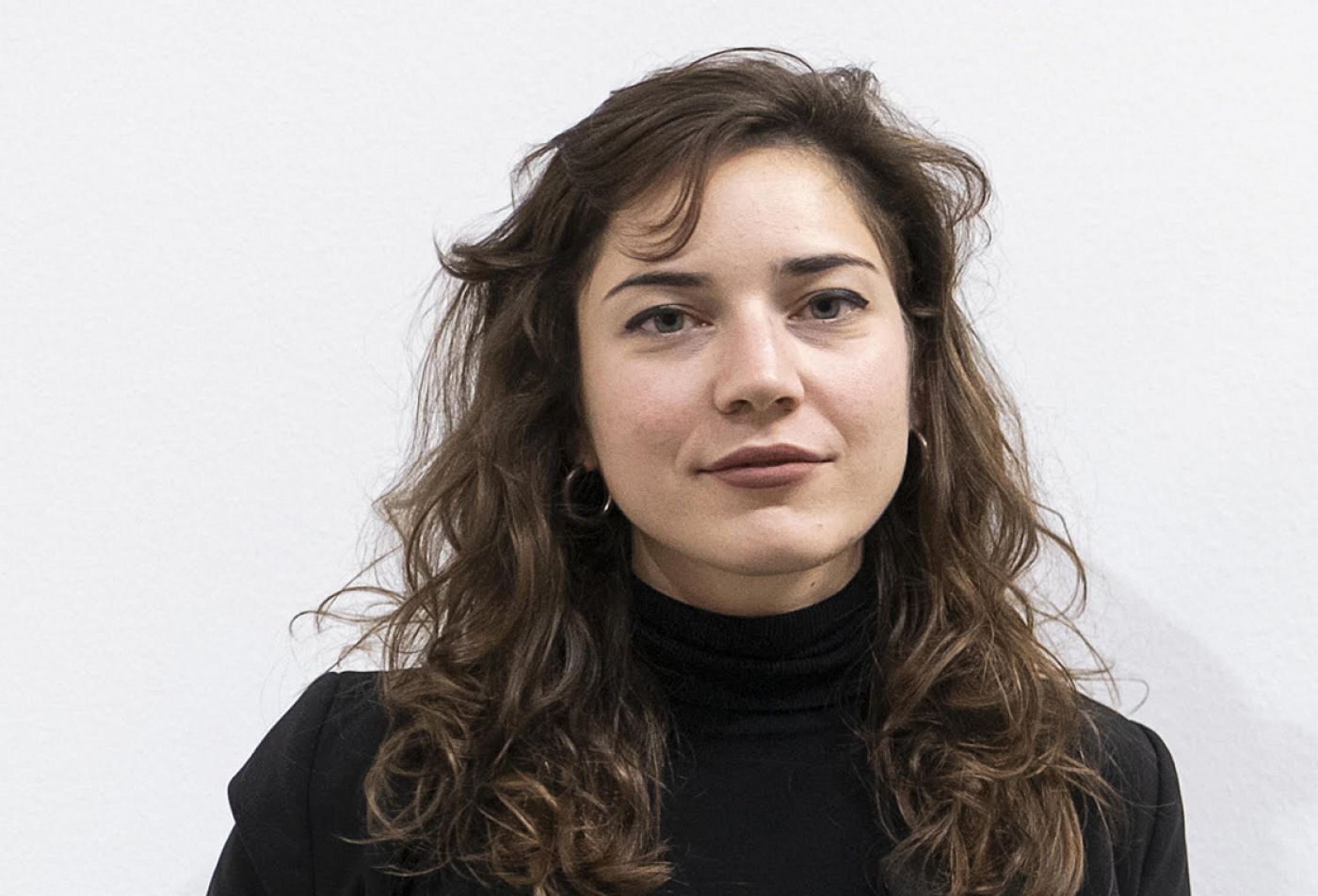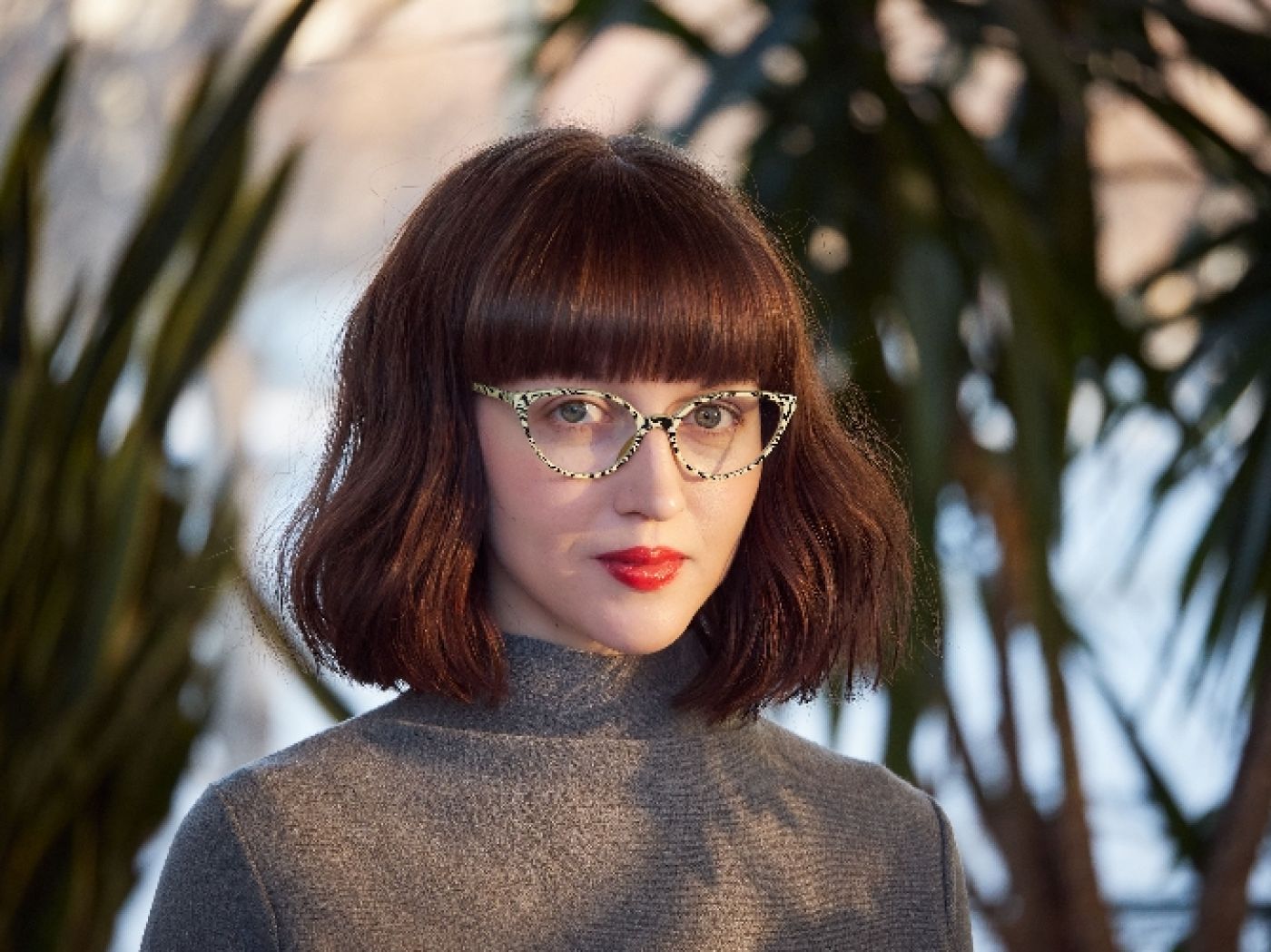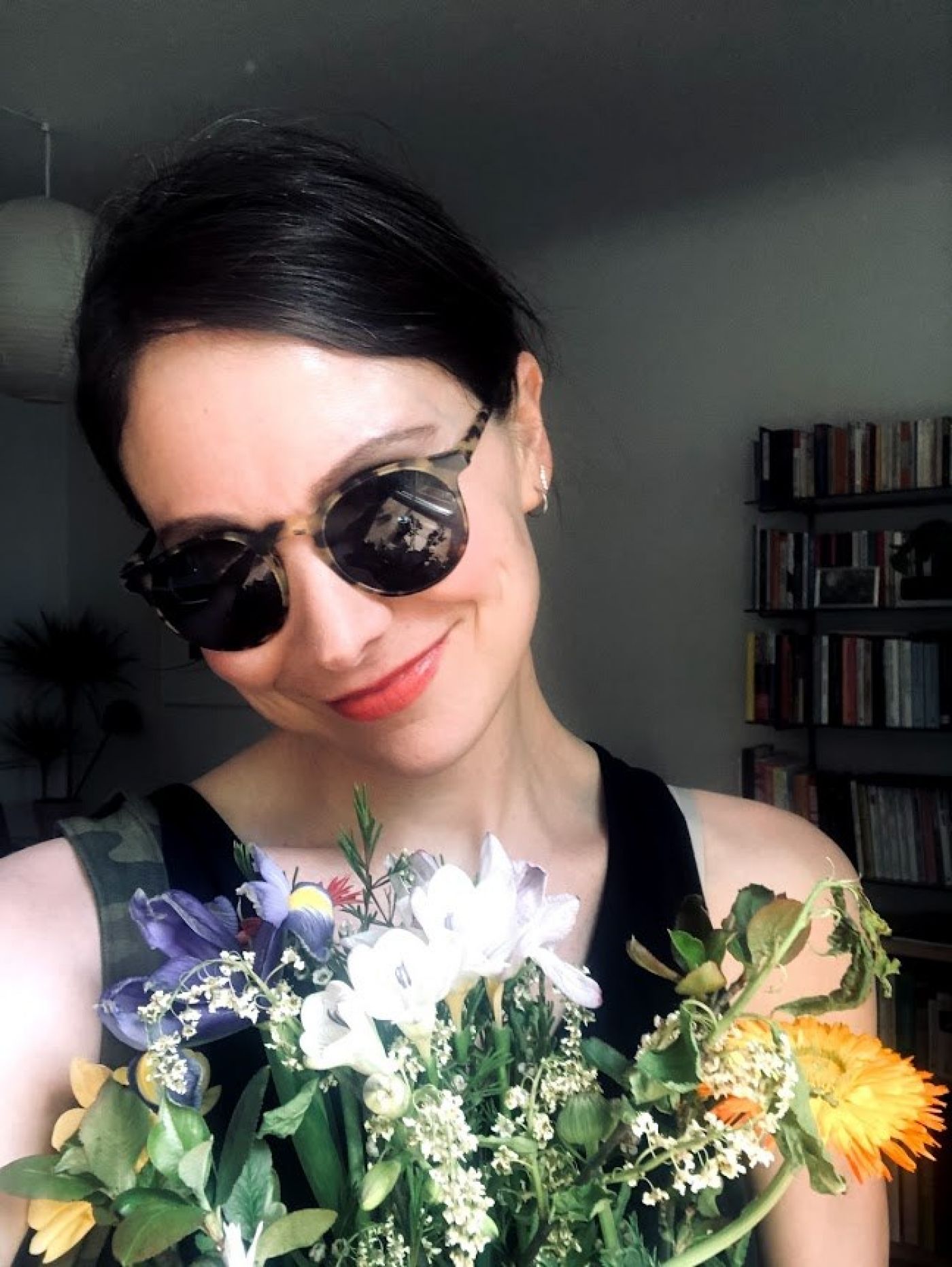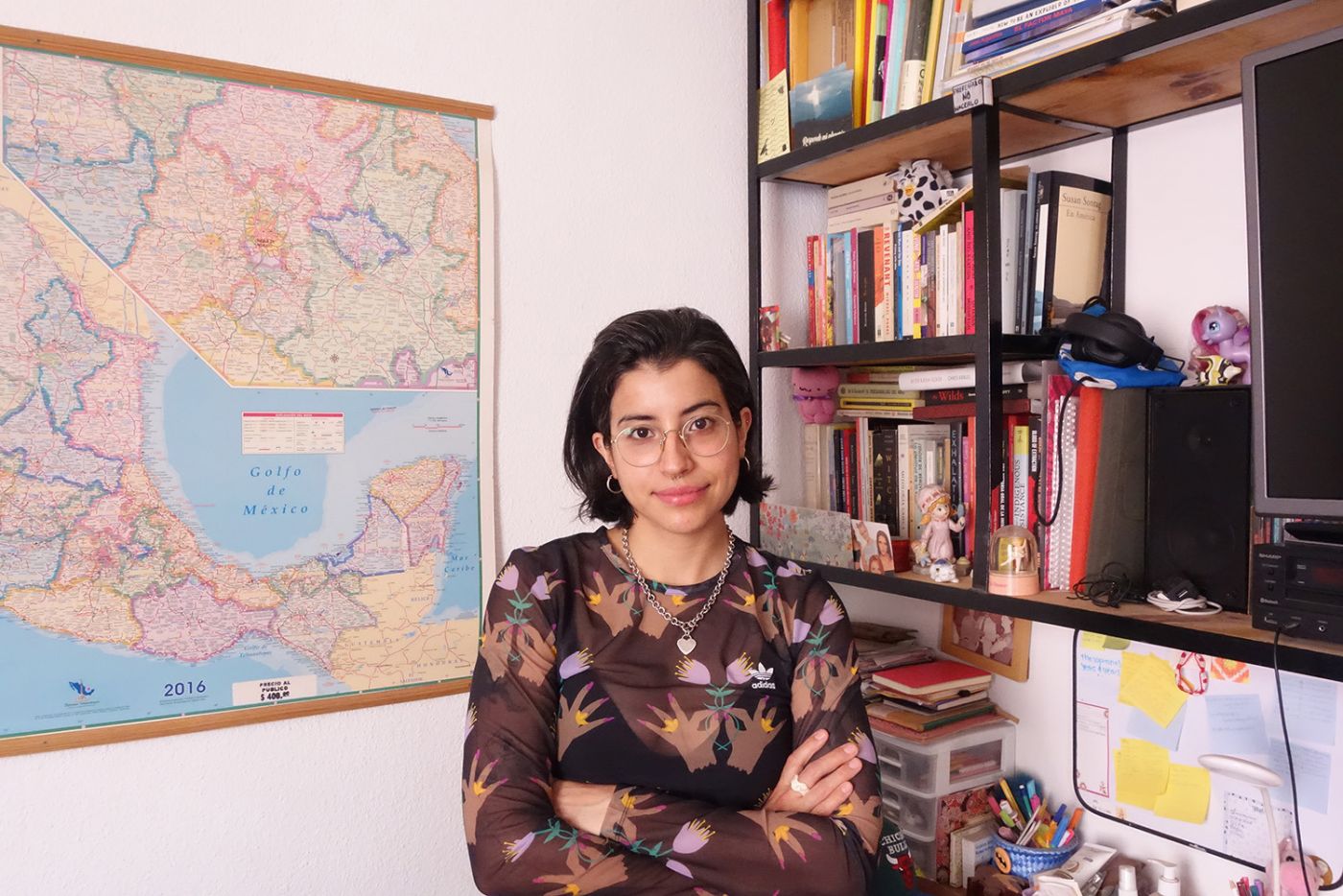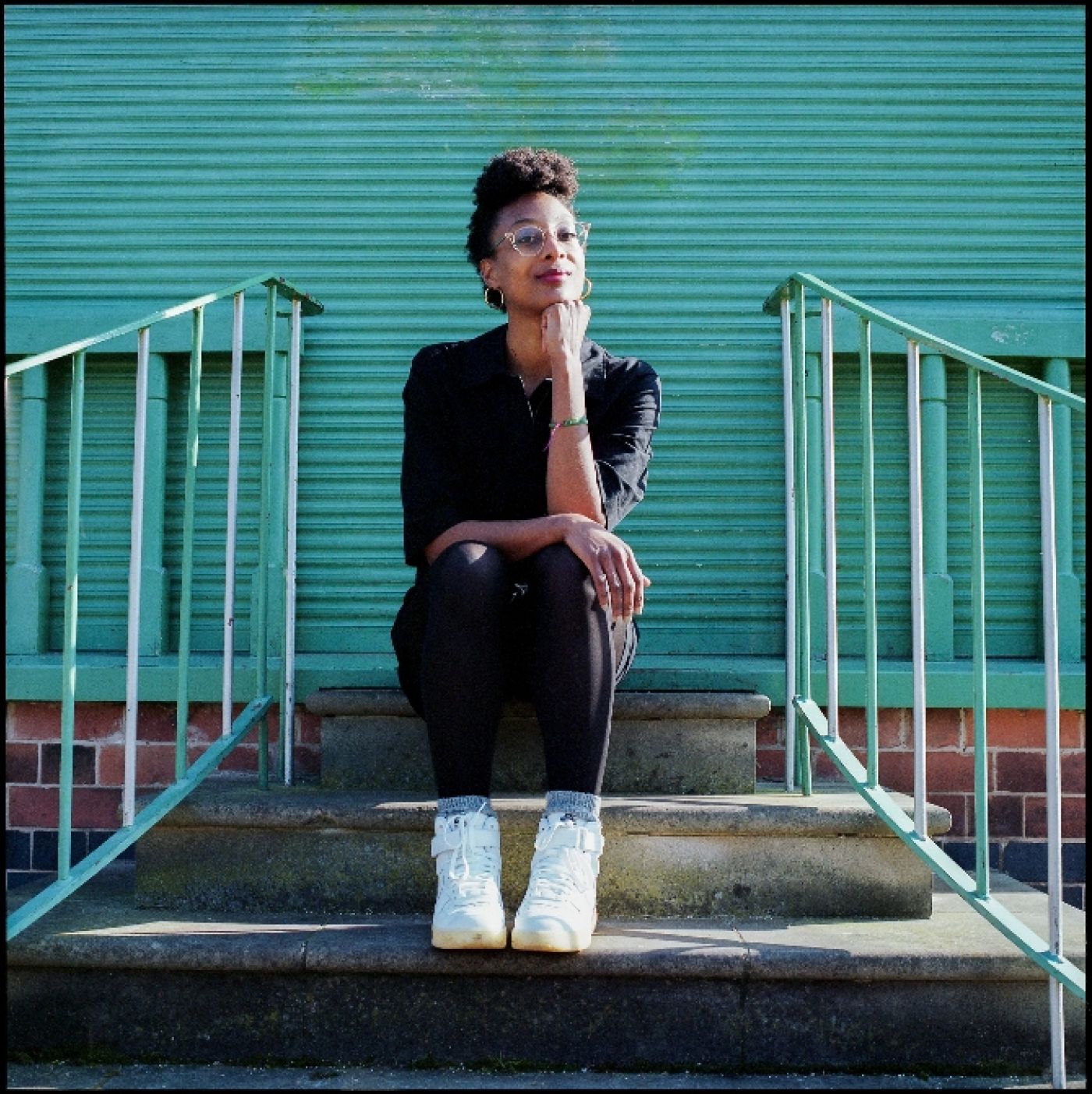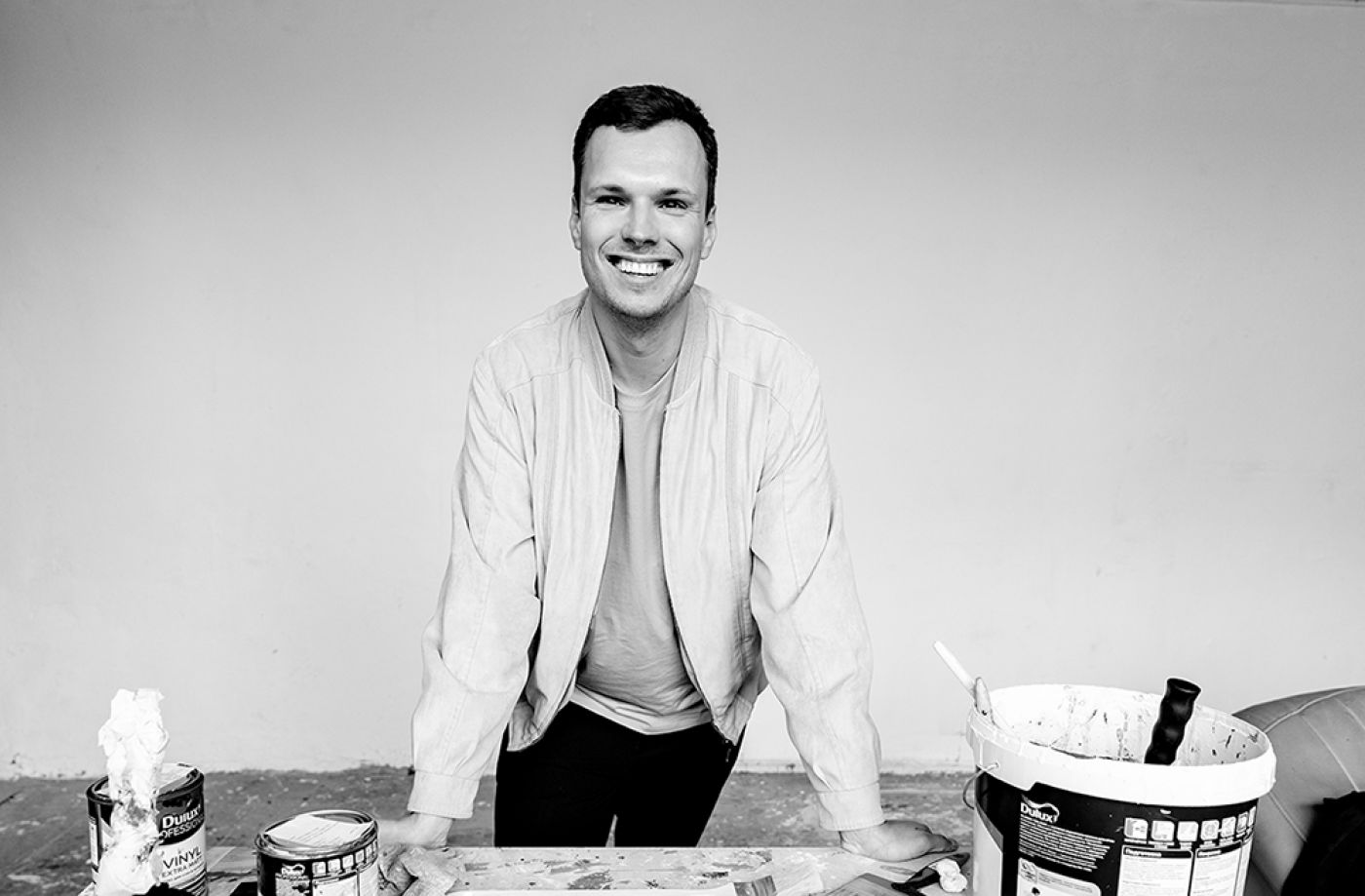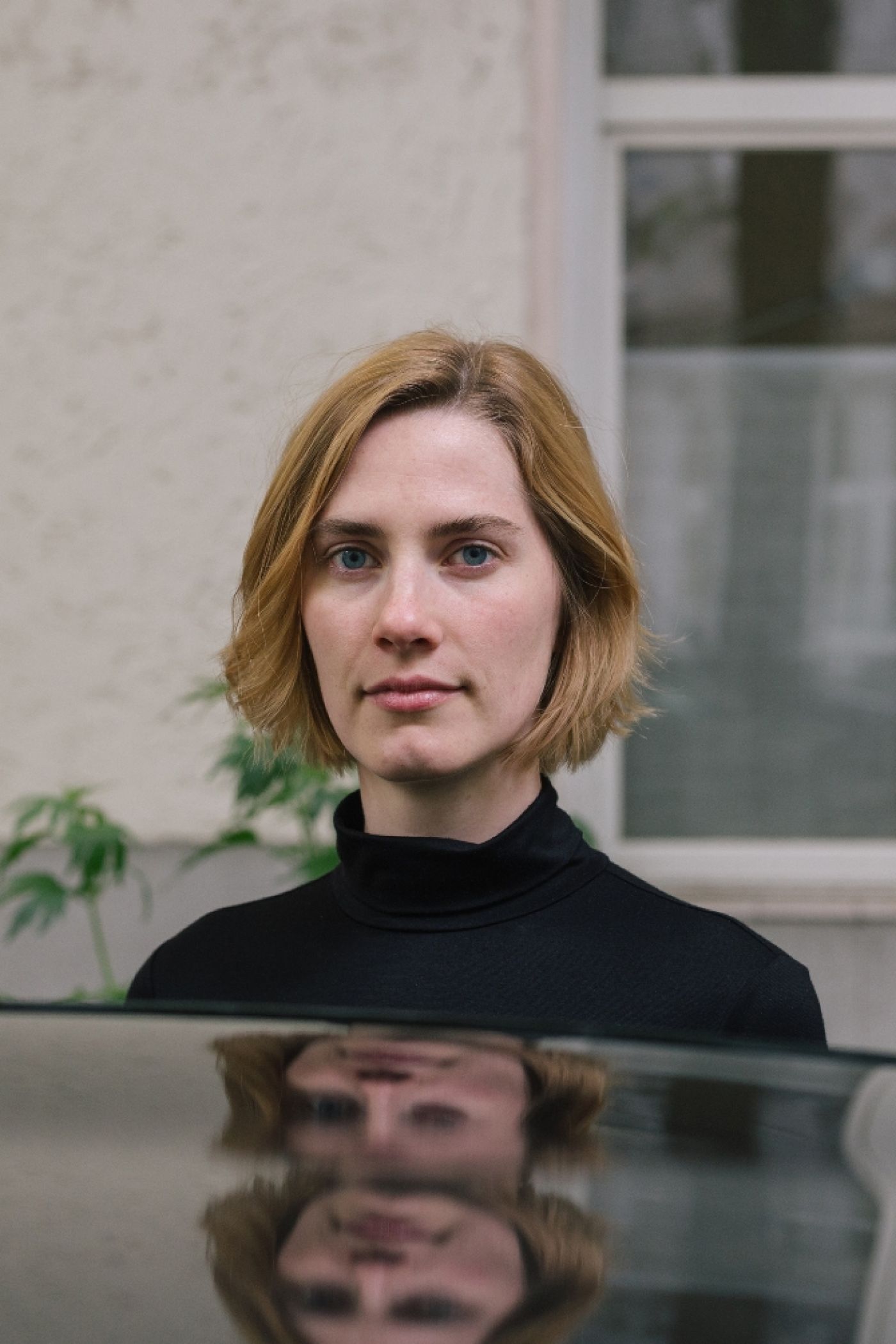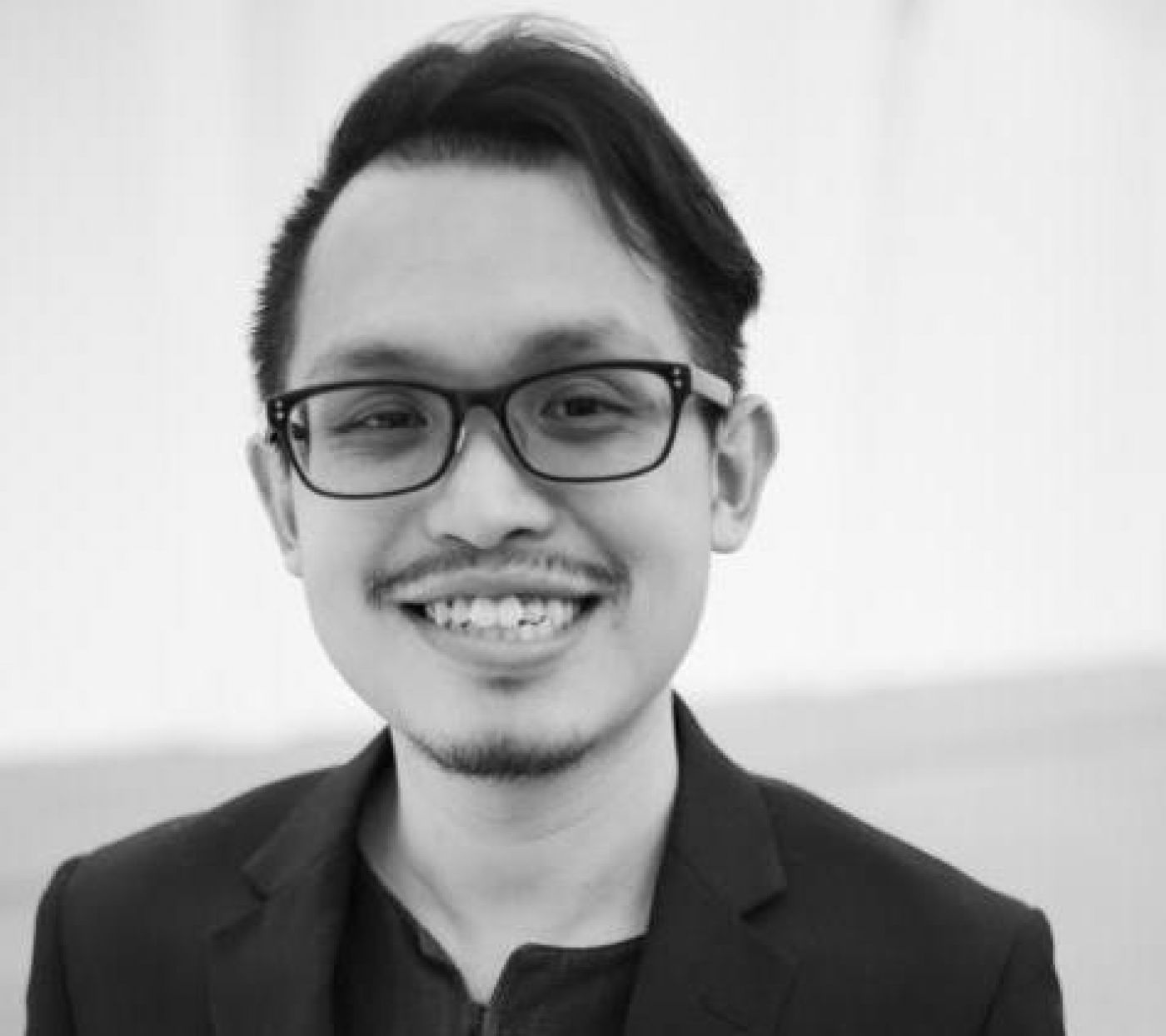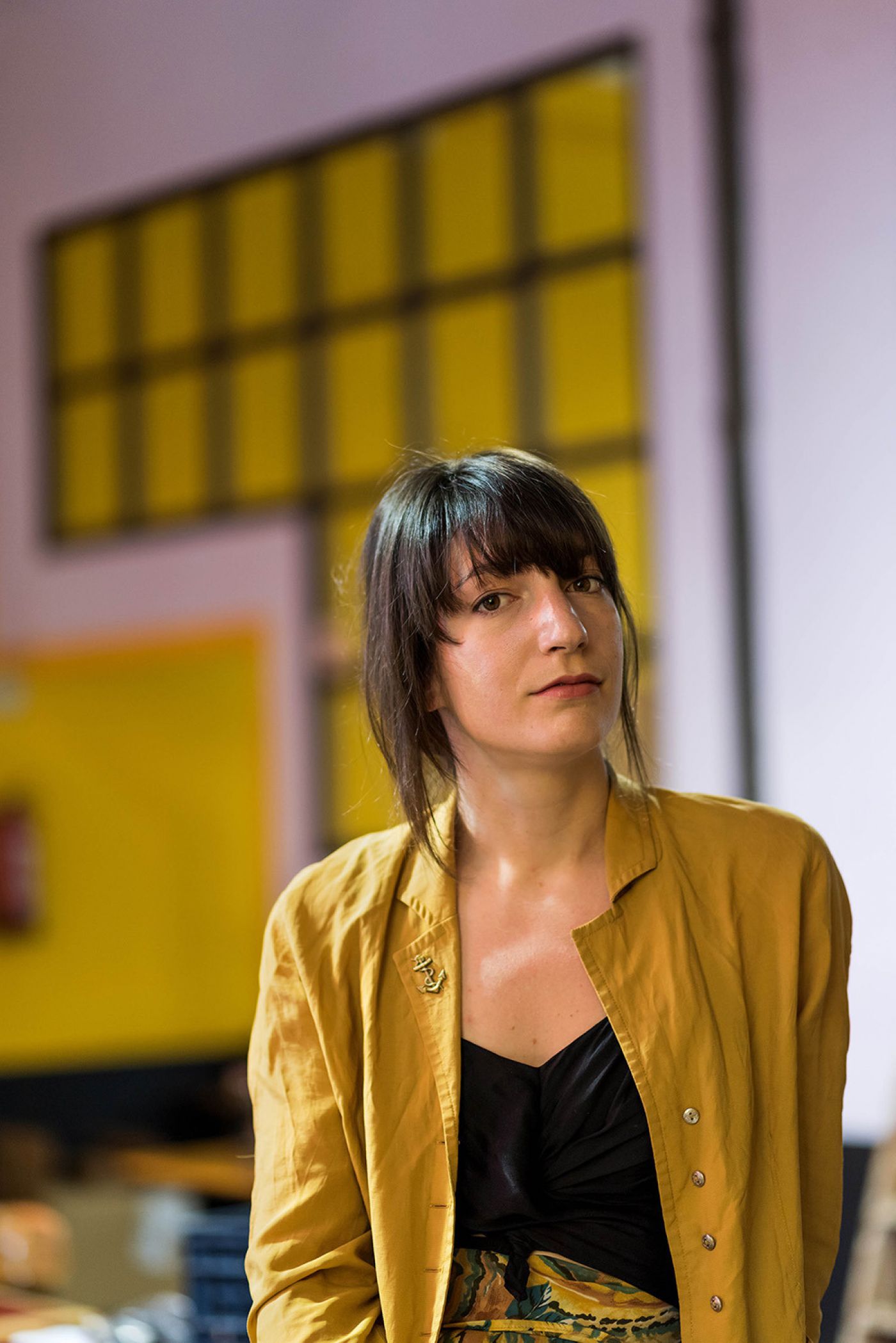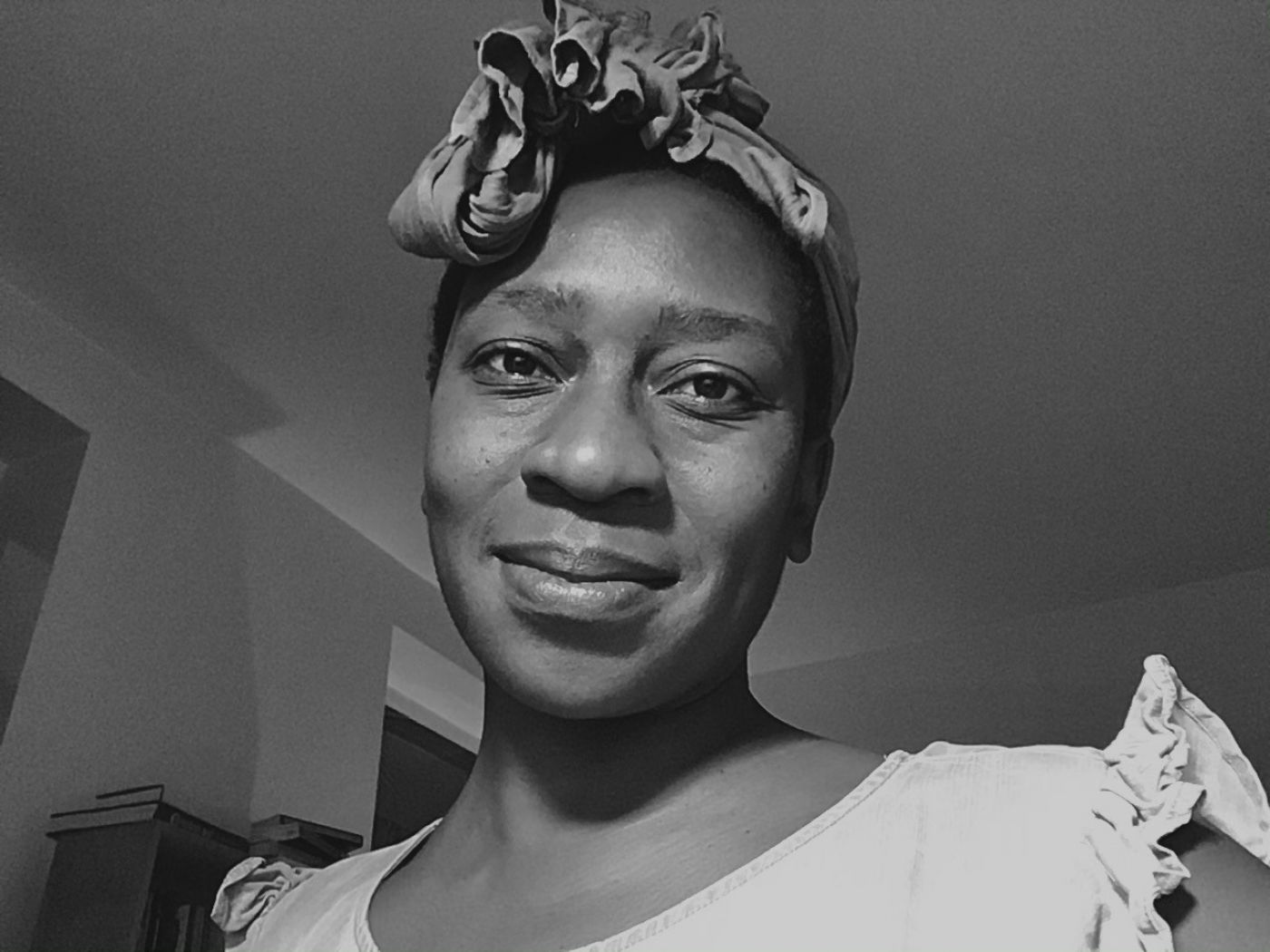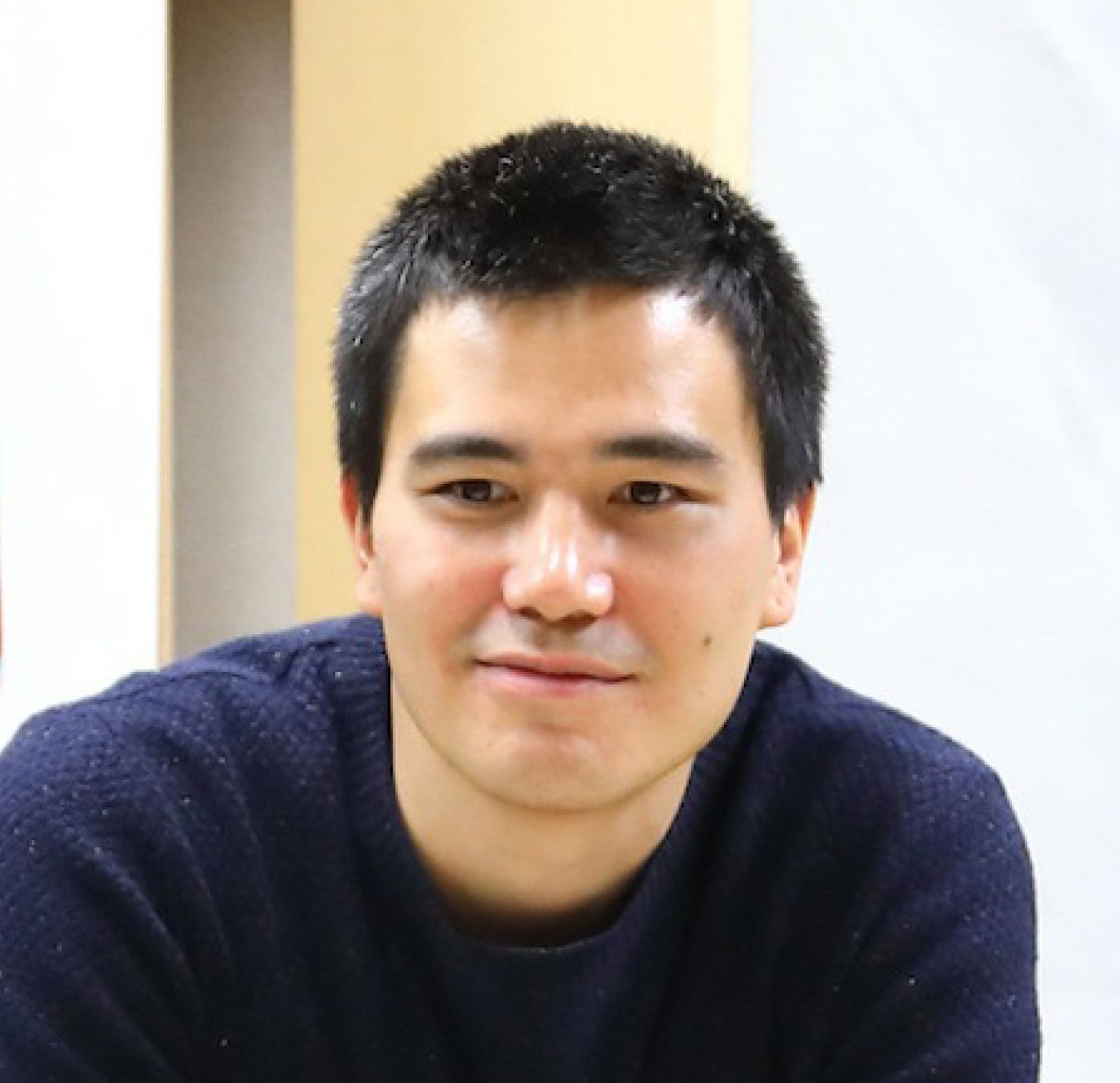Michał Grzegorzek on Mortality
Let us repeat after Ania Nowak: “Bind / Community / Change”
For we’ve been reminded yet again that we are mortal. Nobody wants this kind of knowledge – the kind that cannot be used for anything – pushed in their face: It is not power, and yet et in Arcadia ego and we need to do something with it. Mortality, both literally and metaphorically, is reflected in contemporary art unlike any other theme; the word “crisis” has created an incredibly vast context in which the term “mortality” can thrive in countless ways. Artists explore the themes of death, dying and grief, with full knowledge that there are always better and worse deaths. Neither a pandemic nor climate crisis, even though they affect everyone on the planet, are a force in the face of which we are equal. There are always bigger and smaller mortalities, and the question of which bodies are more exposed to death prompts a series of doubts. What kind of mourning rituals do we need today? How are we to organise the necessary time and space for grief within such an accelerated system of constant production? How do we maintain community in the time of social distancing? And most of all: Can grief and grieving be forms of resistance to oppression?
Let us repeat after protesters from the Bassiani nightclub in Tbilisi: “We dance together, we fight together.”
For fear of death, we take to the streets. The answer to our fear is civil disobedience and expressing an objection to institutional violence. We observe how the individual body becomes a collective body. We experience a shift in thinking about forms of resistance: self-choreographed protests, improvised dances and rave riots, call outs, documentary practices and actions of solidarity. Some practitioners I can refer to are Nan Goldin, Wolfgang Tillmans, Tania Bruguera, Ligia Lewis, Paul Maheke, Jana Shostak, Liliana Piskorska, Kanas Liu, the Archive of Public Protests and the collectives Las Tesis and Oramics. Those who disagree are numerous, and together we can change the image of a protesting body. It is not masculine, unfailing, immortal. Our bodies are ill and weak; they pause to rest. But this rest is simply a very slow movement, as Johanna Hedva and Romily Alice Walden, among many others, remind us. We search for new tools and spaces to express our anger and grief, leaving the ones left to us by our fathers further and further behind. We do not build stakes, but we topple monuments and statues.
Let us repeat after Every Ocean Hughes: “How to be alive in a museum?”
For it is not only humans that are dying. The silent life of objects is fated as well. This is what institutions fear the most: the death of concepts, definitions, systems and authority figures. Artistic institutions need to face the challenges of inclusivity, horizontality and credibility. Skeletons, the living-dead and ruins cease to be interesting when life can be given to new forms, like Slavs and Tatars’ Pickle Bar, the collective Kem’s School and Karol Radziszewski’s Queer Archives Institute. Knowledge of our mortality must help us build knowledge about how to live. In the end, mortality is also one of the core notions for terms such as the politics of friendship and care, healing and community building.
Let us repeat after Oreet Ashery: How We Die Is How We Live Only More So.
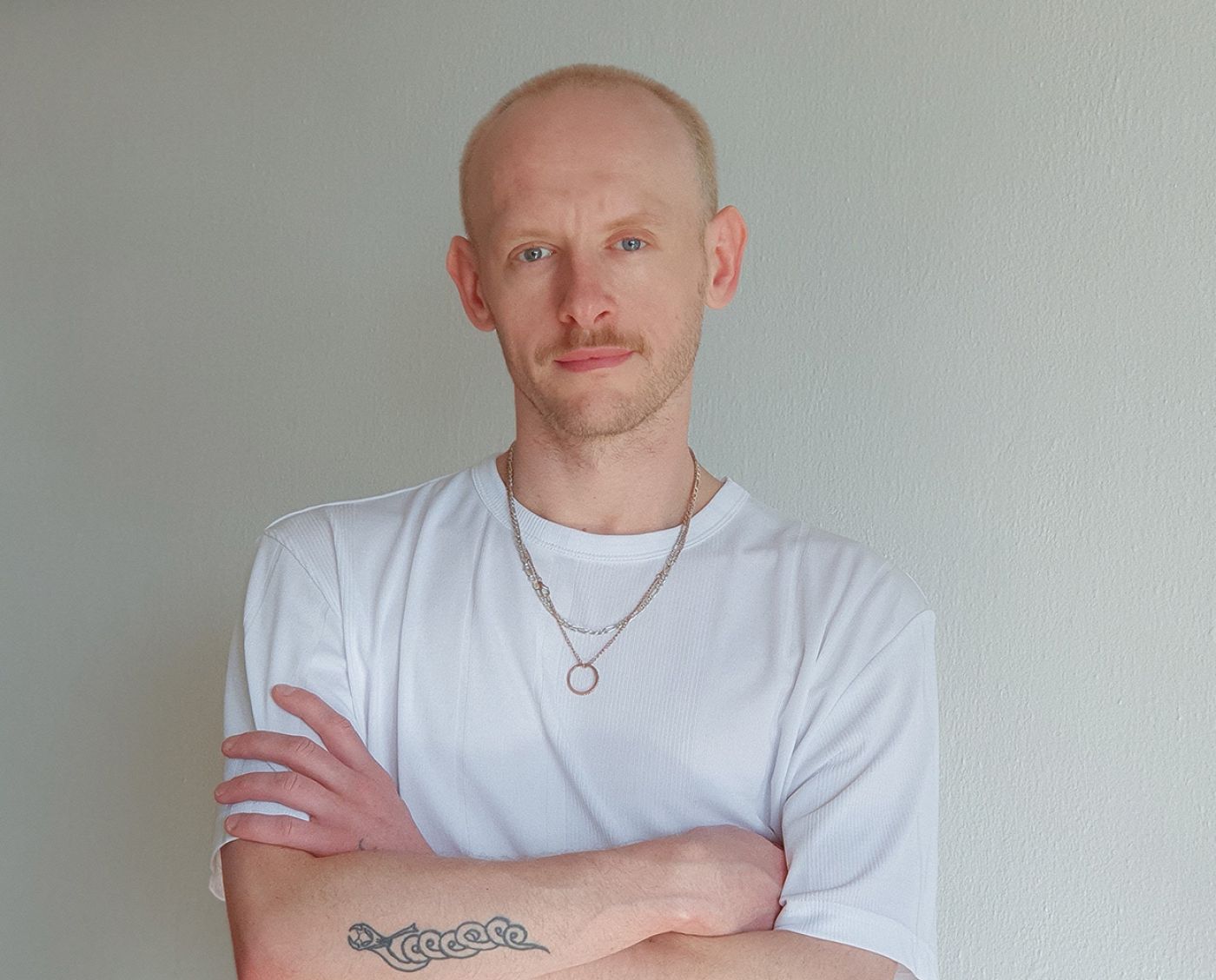
Michał Grzegorzek is a curator based in Warsaw, Poland. Since 2016, he has worked closely with Ujazdowski Castle Centre for Contemporary Art, where he is a curator in the performing arts department. He is interested in queer theory in the visual and performative arts and in experimental exhibition formats. Together with Mateusz Szymanówka, he runs the performative and discursive program To Be Real, which examines the relationship between contemporary performance and club culture. Since 2017, he has also co-organised the independent queer festival POMADA in Warsaw.
